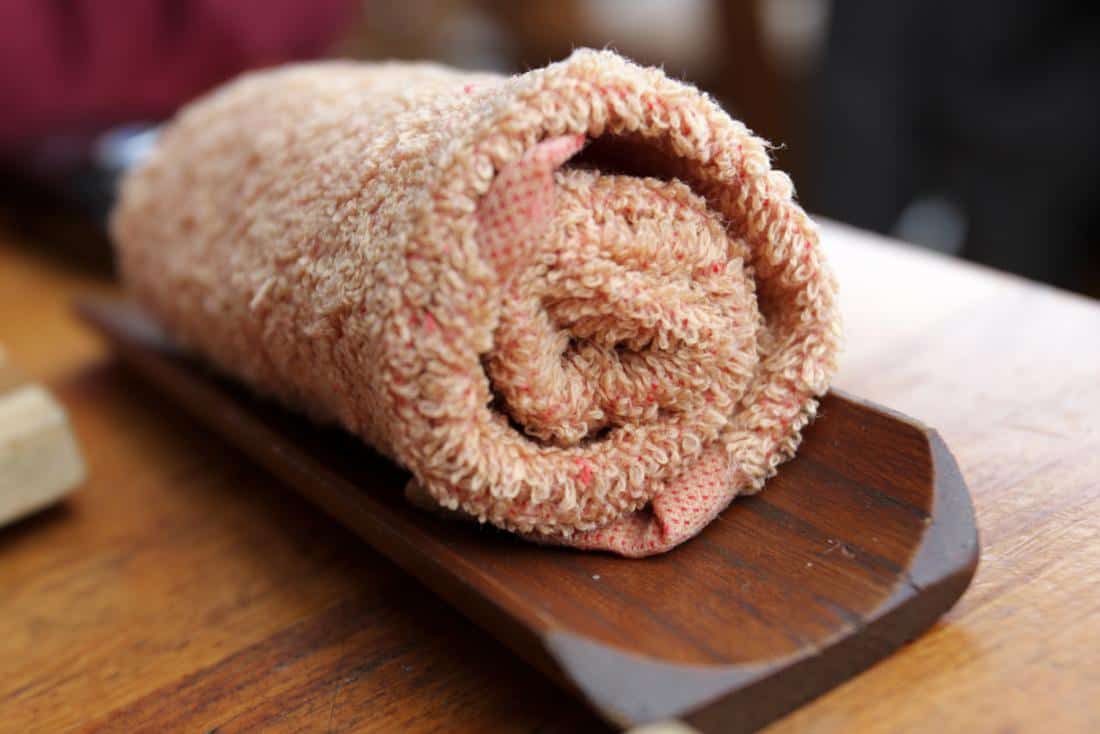DIY Magic: Create Your Own Cozy Homemade Heat Pack
Hey there, lovely parents! Are you looking for a warm hug on a chilly day or a soothing touch for your little one’s boo-boos? Well, you’re in luck! Homemade heat packs are like little bundles of joy that provide warmth and comfort whenever you need it. And guess what? They are super easy to make! So, roll up your sleeves because we’re about to dive into the snug world of DIY heat packs, a therapeutic and cuddly project that you and your kiddos will love!
Understanding the Benefits of Heat Therapy
Before we get our hands busy, let’s chat about why heat packs are so amazing. Heat therapy is a well-loved remedy for relaxing muscles, easing tensions, and calming minor aches. It increases circulation, helping your body heal and providing a gentle, soothing experience.
What You’ll Need to Make a Homemade Heat Pack
Ready to create your homemade masterpiece? Here’s what you’ll need:
- A fabric of your choice (Consider cozy flannel or a soft cotton for extra comfort)
- Needle and thread or a sewing machine (Don’t fret, basic sewing skills will do the trick!)
- Natural filling (Rice, wheat, barley, or even flaxseed work wonders)
- Optional: dried herbs or essential oils (Lavender or chamomile, anyone?)
Picking the Perfect Fabric for Your Heat Pack
Choosing the right fabric is crucial. It needs to be durable and microwave-safe. Avoid synthetic fabrics that can melt or catch fire when heated. Natural fibers like cotton are typically the best choice. Picking a dark color or a pattern can also help hide any little stains.
Step-by-Step Guide to Making Your Homemade Heat Pack
Step 1: Cut Your Fabric
Decide the size of your heat pack. A good starting point is a 12-inch by 6-inch rectangle, perfect for multitasking. Cut two pieces of fabric to this size.
Step 2: Sew the Pieces Together
If you’re using a sewing machine, ta-da! You’ll be done in a jiffy. If you’re hand-stitching, it’s a cozy evening project. Remember to leave a small opening so you can add your filling!
Step 3: Choosing Your Filler
What’s going inside matters! Rice is a popular filler for homemade heat packs because it’s cheap and holds heat well. But feel free to get creative. Mix and match fillers and even add a sprinkle of dried herbs or a few drops of essential oil for a soothing scent.
Stay tuned for the continuation of this guide, where we’ll finish crafting your homemade heat pack, talk about how to heat it safely, and share some pro tips for its use and care. By the time we’re done, you’ll be a heat pack hero, ready to conquer those cold days and bring a touch of warmth and relief to your family’s life!

5 Essential Tips for Preparing Your Homemade Heat Pack
As you’re getting ready to assemble your very own homemade heat pack, keep these five handy tips in mind to ensure the process is a breeze and the outcome is delightful:
1. Safety First in Fabric and Filler Selection
Be keen on selecting not just a cozy, but also a safe fabric and filler for your heat pack. Natural, microwave-safe materials ensure that there won’t be any unpleasant surprises when you heat them. When it comes to fillers, avoid anything that can spoil, sprout or pop, like corn or popping kernels.
2. Scented or Unscented: Customizing Your Comfort
While some adore a subtle hint of lavender or chamomile for relaxation, others might prefer an unscented option, especially for those sensitive to smells. Decide beforehand if you’d like to add any aromatics so you can have your materials ready to go.
3. Size and Shape Matter
Think about what you’ll be using your heat pack for. A long, narrow pack works great for draping around the neck, while a square might be more suitable for placing on an achy tummy. Designing with purpose will enhance the comfort your homemade heat pack provides.
4. Stitching is Key
Secure stitching is a must to prevent any spillage of your filler. Even if you’re a beginner, taking your time to ensure a tight stitch will pay off in the longevity of your heat pack. And don’t forget to leave a gap for the filling, then stitch it closed carefully after!
5. Microwave Use and Supervision
Being mindful of how long you heat your pack is super important. Generally, starting with 1 minute and then increasing by 30-second intervals until you find the perfect temperature is the way to go. Always supervise children when heating and testing the pack temperature to avoid burns.
Finalizing Your Homemade Heat Pack
After stitching your pack and choosing your filler, it’s time to fill ‘er up! Pour the rice or your chosen filler into the pack, being careful not to overfill. You want the pack to be malleable, not overstuffed and taut.
Once filled, stitch up the gap securely, and there you are—the proud creator of a cosy homemade heat pack!
Warming Up Your Heat Pack
Pop your heat pack into the microwave and heat it in short bursts, checking the temperature each time to ensure it’s just right. You don’t want it too hot—just comfortably warm. Once heated, give it a little shake to evenly distribute the warmth.
Heat Pack Care and Maintenance
Keep your pack dry to prevent molding, and consider making a washable cover to keep it clean. If the pack begins to smell a bit off or seem a little damp, pop it in the microwave with a cup of water to steam-clean it. And remember, when it comes to the lifespan of your heat pack, if you notice a decrease in its ability to retain heat or if the filler seems degraded, it might be time to craft a new one.
Creating a homemade heat pack is not only an enjoyable craft, but it’s also a practical way to spread a little warmth and care in your family. Enjoy the process and the cosy cuddles that will surely follow!
See more great Things to Do with Kids in New Zealand here. For more information see here
Disclaimer
The articles available via our website provide general information only and we strongly urge readers to exercise caution and conduct their own thorough research and fact-checking. The information presented should not be taken as absolute truth, and, to the maximum extent permitted by law, we will not be held liable for any inaccuracies or errors in the content. It is essential for individuals to independently verify and validate the information before making any decisions or taking any actions based on the articles.




